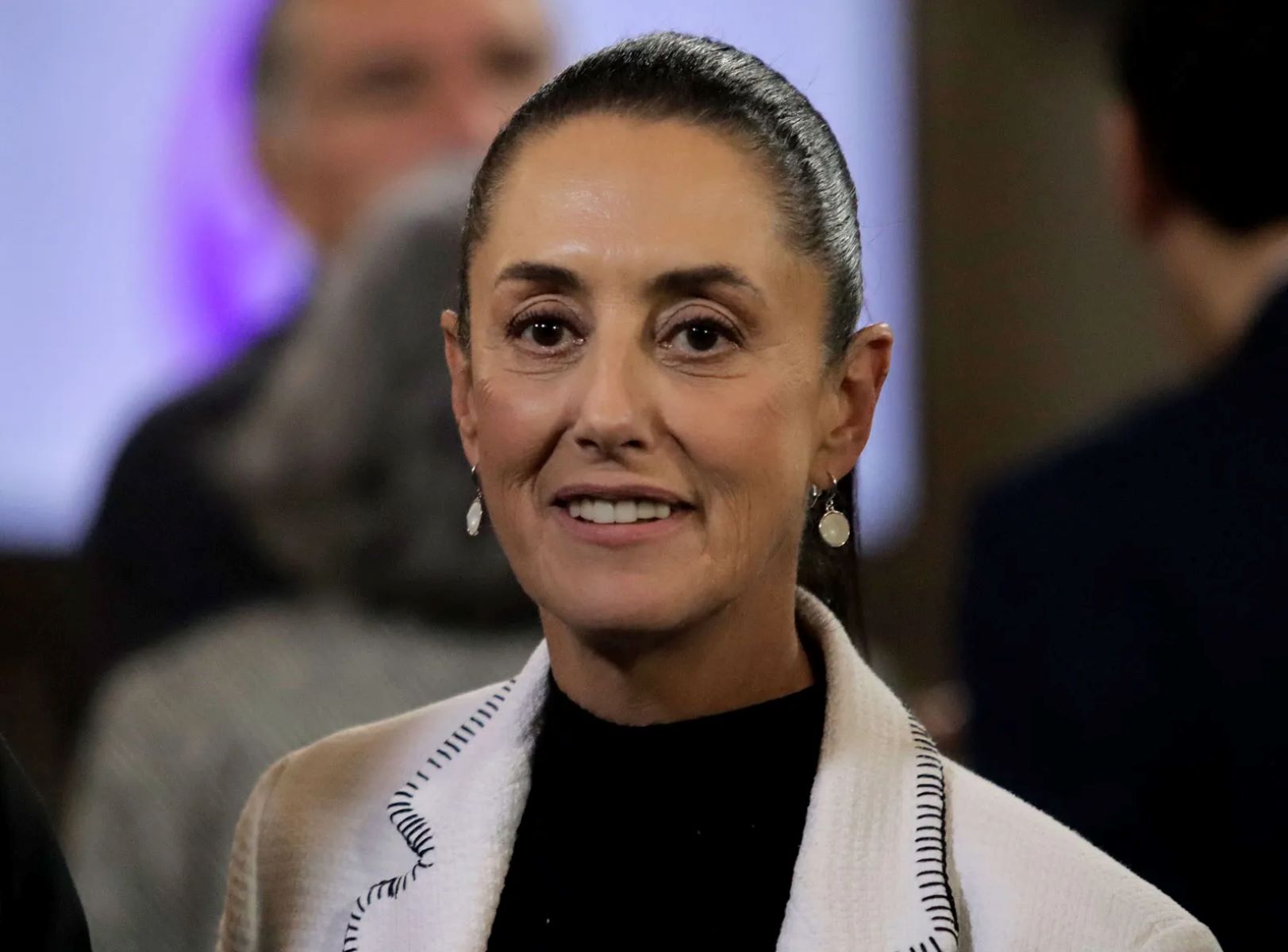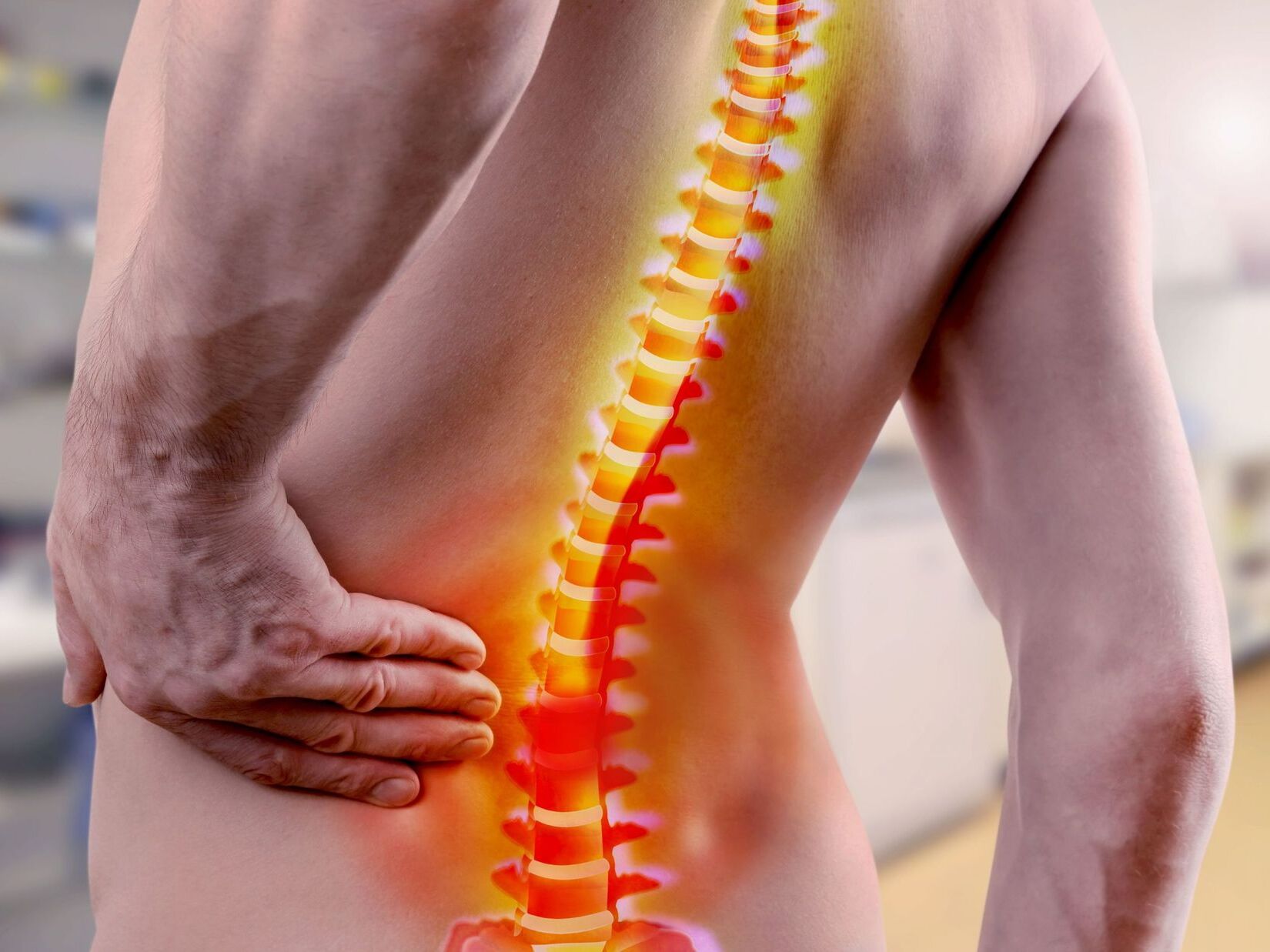
Who is Claudia Sheinbaum Pardo? Claudia Sheinbaum Pardo is a groundbreaking figure in Mexican politics and science. Born on June 24, 1962, in Mexico City, she has achieved numerous firsts, including becoming the first woman and the first Jewish person elected as President of Mexico. Her journey began with a strong academic foundation, earning a Ph.D. in Energy Engineering from UNAM. Sheinbaum's career spans roles as a scientist, professor, and politician. She has made significant contributions to climate change research and public policy. Her tenure as the head of government for Mexico City was marked by initiatives in public transit, environmental sustainability, and crime reduction.
Key Takeaways:
- Claudia Sheinbaum Pardo, Mexico City's first female head of government, is a scientist, environmentalist, and politician with a rich family history rooted in science and academia.
- Sheinbaum's journey from student activism to presidency showcases her commitment to environmental research, public safety, and community engagement, leaving a lasting impact on Mexico City.
Early Life and Family Background
Claudia Sheinbaum Pardo's journey began in Mexico City, where she was born into a family deeply rooted in science and academia.
- Claudia Sheinbaum Pardo was born on June 24, 1962, in Mexico City, Mexico.
- Sheinbaum comes from a Jewish family. Her paternal Ashkenazi grandparents emigrated from Lithuania to Mexico City in the 1920s.
- Her maternal Sephardic grandparents emigrated from Sofia, Bulgaria, in the early 1940s to escape the Holocaust.
- Both of her parents are scientists. Her mother, Annie Pardo Cemo, is a biologist and professor emerita at the Faculty of Sciences at the National Autonomous University of Mexico (UNAM).
- Her father, Carlos Sheinbaum Yoselevitz, was a chemical engineer.
Education and Academic Career
Sheinbaum's academic journey is marked by her dedication to science and her significant contributions to environmental research.
- Sheinbaum earned her Bachelor's degree in Physics in 1989, her Master's degree in 1994, and her Ph.D. in Energy Engineering in 1995, all from UNAM.
- After completing her Ph.D., Sheinbaum returned to UNAM as a member of the engineering faculty in 1995.
- She has authored over 100 articles and two books on energy, the environment, and sustainable development.
- Sheinbaum contributed to the Intergovernmental Panel on Climate Change (IPCC) and was a key figure in the IPCC's fourth and fifth assessment reports.
- The IPCC was awarded a Nobel Peace Prize in 2007 for its efforts to build up and disseminate greater knowledge about man-made climate change.
Early Political Involvement
From student activism to supporting international movements, Sheinbaum's early political activities laid the foundation for her future career.
- Sheinbaum was politically active as a student and professor in the 1980s and ’90s.
- She was a member of the Consejo Estudiantil Universitario (University Student Council), which would become the founding youth movement of the Party of the Democratic Revolution (PRD).
- During her youth, Sheinbaum was reported to be an active supporter of the Colombian guerrilla movement M19.
- She supported a hunger strike in front of the Metropolitan Cathedral in Mexico City in 1978, part of a campaign to support the mothers of young people who had been disappeared during Mexico’s long “dirty war”.
- Sheinbaum attended high school in the mornings and took French and classical ballet in the afternoons. She was involved in politics but never missed ballet until her first year of college.
University Life and Research
Her time at UNAM and subsequent research projects highlight her commitment to environmental issues and sustainable development.
- At UNAM, Sheinbaum studied air pollution in Mexico City and traveled to an Indigenous community in Michoacán to work on a project involving wood-burning stoves that would consume less wood and be less harmful to women’s health.
- She conducted her doctoral research at Lawrence Berkeley National Laboratory in Berkeley, California, U.S., comparing trends in energy consumption in Mexico with those of other industrialized countries.
- Sheinbaum has been affiliated with the National Regeneration Movement (MORENA) since 2014 and previously with the Party of the Democratic Revolution (PRD) from 1989 to 2014.
- As secretary of the environment, Sheinbaum oversaw the introduction of the city’s bus system, Metrobus, and the construction of a second story of the Periférico, a beltway road that encircles Mexico City’s urban zone.
- She also created community ecological reserves and saw a marked reduction in air pollution.
Political Offices Held
Sheinbaum's political career includes several key positions where she implemented significant reforms and policies.
- From 2000 to 2006, Sheinbaum served as secretary of the environment under future president Andrés Manuel López Obrador during his tenure as head of government of Mexico City.
- She was mayor of the Tlalpan borough from 2015 to 2017.
- She was elected head of government of Mexico City in the 2018 election, becoming the first female head of government and the first from a Jewish background.
- During her campaign, Sheinbaum prioritized fighting crime, holding regular public hearings, publishing reported crime statistics, and relying on the Security Council for guidance.
- She also committed to generating 1 million jobs during her term and maintaining the universal pension for seniors.
Achievements and Challenges
Sheinbaum's tenure as head of government saw both achievements and challenges, particularly in public safety and infrastructure.
- On July 1, 2018, Sheinbaum was elected to a six-year term as the head of government of Mexico City with 47.08% of the vote, defeating six other candidates.
- She was inaugurated as Mexico City's head of government on December 5, 2018.
- Her administration emphasized public transit and environmental issues, expanding rainwater collection, reforming waste management, and initiating a reforestation program.
- She announced plans to overhaul the city’s subway system, which was long in disrepair.
- Her government invested in modernizing trains and shoring up existing infrastructure, although critics pointed out continued deadly accidents on the subway despite her attempted reforms.
Response to COVID-19
Sheinbaum's scientific background played a crucial role in shaping Mexico City's response to the COVID-19 pandemic.
- During the COVID-19 pandemic, Sheinbaum's scientific background played a crucial role in shaping Mexico City's epidemiological strategy.
- Her administration implemented measures to mitigate the spread of the virus, leveraging her expertise in public health.
- She held regular public hearings to address citizen concerns and improve transparency in governance.
- She published reported crime statistics to keep the public informed about crime rates in the city.
- She relied on the Security Council for guidance on security matters.
Presidential Ambitions
Sheinbaum's political journey reached new heights with her candidacy and eventual election as President of Mexico.
- On June 16, 2023, Sheinbaum resigned as head of government to contend in the internal selection process to select a presidential candidate for Juntos Hacemos Historia.
- She recommended Martí Batres as her substitute head of government, a choice later ratified by the Congress of Mexico City.
- In June 2023, Sheinbaum announced her candidacy for the presidency of Mexico.
- She won a landslide victory in the election, becoming the first woman and the first Jewish person to be elected to the post.
- Her election marks a significant moment in the country’s history, breaking down barriers for future generations of politicians.
Personal Life and Legacy
Sheinbaum's personal life and legacy reflect her commitment to public service, scientific research, and environmental sustainability.
- Sheinbaum has been married twice. Her first marriage was to Carlos Ímaz Gispert in 1987, with whom she had two children. She divorced him in 2016.
- In 2023, she married Jesús María Tarriba.
- She has two children from her first marriage.
- Sheinbaum has mentioned that apart from her parents, her political mentor was Raúl, with whom she shares strong political ties.
- In 2018, Sheinbaum was named one of BBC's 100 Women for her contributions to science and politics.
Community Engagement and Environmental Policy
Throughout her career, Sheinbaum has been committed to community engagement and environmental policy, leaving a lasting impact on Mexico City.
- Sheinbaum initiated a reforestation program to promote sustainable development and environmental conservation in Mexico City.
- Her administration expanded rainwater collection systems to reduce the city’s reliance on municipal water supplies.
- She reformed waste management practices, implementing more efficient and sustainable methods for handling waste in Mexico City.
- She expanded the Mexico City Metrobús system to connect the city’s outskirts with the center.
- She announced plans to overhaul the city’s subway system, investing in modernizing trains and shoring up existing infrastructure.
Claudia Sheinbaum Pardo: A Trailblazer in Mexican Politics
Claudia Sheinbaum Pardo's journey from student activist to Mexico's first female and Jewish president is nothing short of inspiring. Her background in science and environmental policy has shaped her approach to governance, emphasizing sustainability and public welfare. As Mexico City's head of government, she tackled issues like crime, public transit, and environmental conservation. Her administration's efforts in reforestation, waste management, and subway modernization reflect her commitment to a greener, safer city. Sheinbaum's scientific contributions, including her work with the IPCC, highlight her dedication to addressing climate change. Her presidency promises significant advancements in social and environmental policies, setting a new standard for future leaders. Claudia Sheinbaum Pardo's legacy will undoubtedly inspire generations, proving that dedication and hard work can break barriers and bring about meaningful change.
Frequently Asked Questions
Was this page helpful?
Our commitment to delivering trustworthy and engaging content is at the heart of what we do. Each fact on our site is contributed by real users like you, bringing a wealth of diverse insights and information. To ensure the highest standards of accuracy and reliability, our dedicated editors meticulously review each submission. This process guarantees that the facts we share are not only fascinating but also credible. Trust in our commitment to quality and authenticity as you explore and learn with us.


